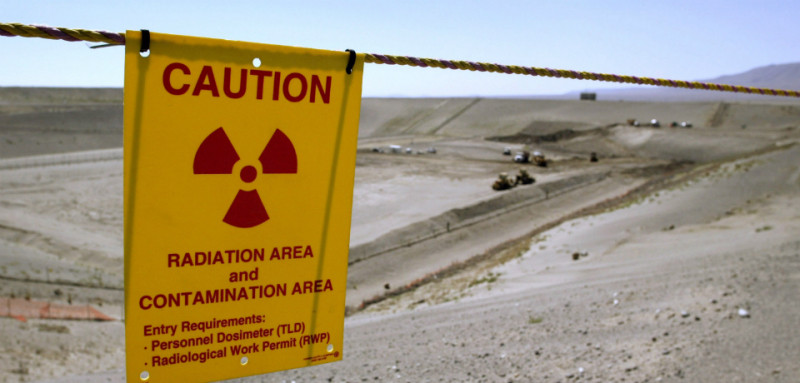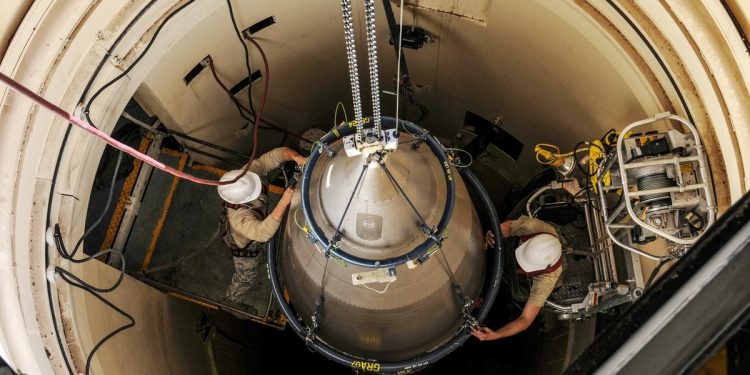Washington: The Trump administration has halted, without explanation, the recent US government practice of disclosing the current size of the nuclear weapons stockpile.
The decision was revealed in a recent Department of Energy letter to the Federation of American Scientists, a private group that studies nuclear weapons issues and advocates for government openness on national security issues.
The Obama administration, in May 2010, had declassified for the first time the full history of the US nuclear weapons stockpile from its beginning in 1945.
It revealed that the warhead total stood at 5,113 as of September 30, 2009, approximately the number that private experts had estimated and about 84 per cent below the official peak number of 31,255 warheads in 1967.
As recently as last year, the Trump administration had disclosed that the stockpile consisted of 3,822 nuclear warheads as of September 30, 2017, down 196 warheads from the year before.
The 2017 figure was made public in response to a request by the scientists group, which asked for a 2018 update last October.
“After careful consideration … it was determined that the requested information cannot be declassified at this time,” the Energy Department wrote in an April 5 letter responding to the federation’s request.

The department provided no explanation for the decision, which it said was made by the Formerly Restricted Data Declassification Working Group, consisting of officials from the departments of Defense and Energy.
“Formerly Restricted Data” is a category of classification that pertains to information such as nuclear stockpile quantities, warhead yields and locations.
Nuclear warheads are attached to bombs and missiles, such as those carried by strategic bomber aircraft, ballistic missile submarines and land-based intercontinental ballistic missiles, which form the US nuclear arsenal.
Hans M. Kristensen, director of the federation’s Nuclear Information Project, wrote in an analysis Wednesday that the decision against disclosing the 2018 nuclear stockpile number was “unnecessary and counterproductive.” In his view there is no national security rationale for keeping the number secret.
“The decision walks back nearly a decade of US nuclear weapons transparency policy — in fact, longer if including stockpile transparency initiatives in the late-1990s,” Kristensen wrote.
“With this decision,” he added, “the Trump administration surrenders any pressure on other nuclear-armed states to be more transparent about the size of their nuclear weapon stockpiles. This is curious since the Trump administration had repeatedly complained about secrecy in the Russian and Chinese arsenals. Instead, it now appears to endorse their secrecy.”
The Pentagon did not respond Wednesday to a request for comment.
AP







































